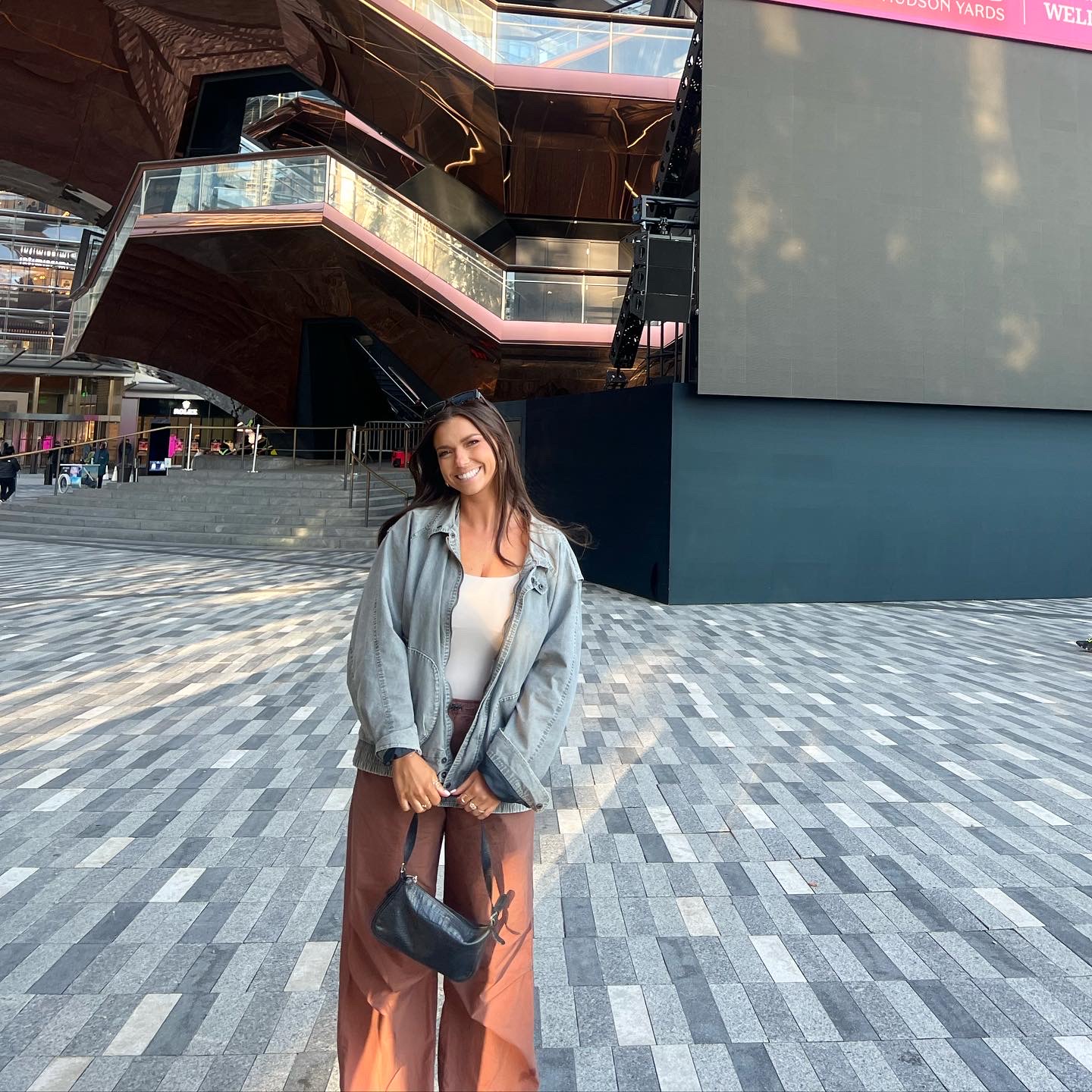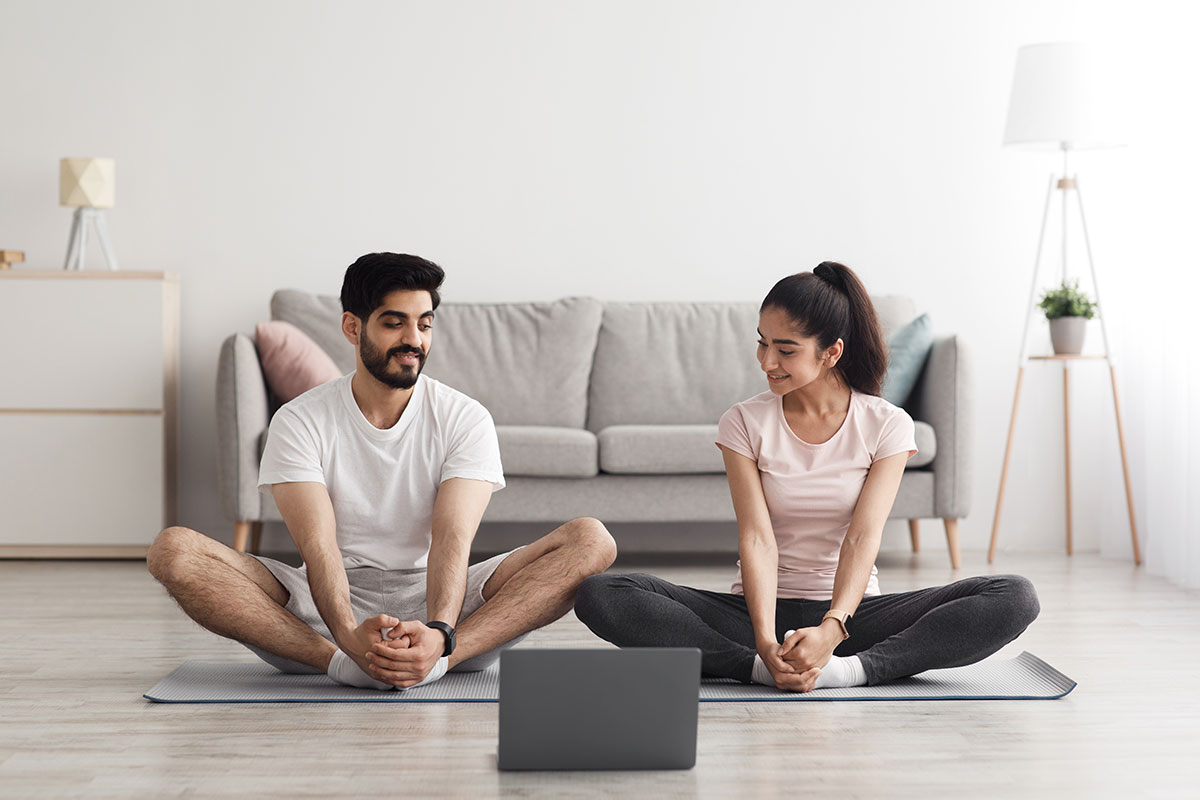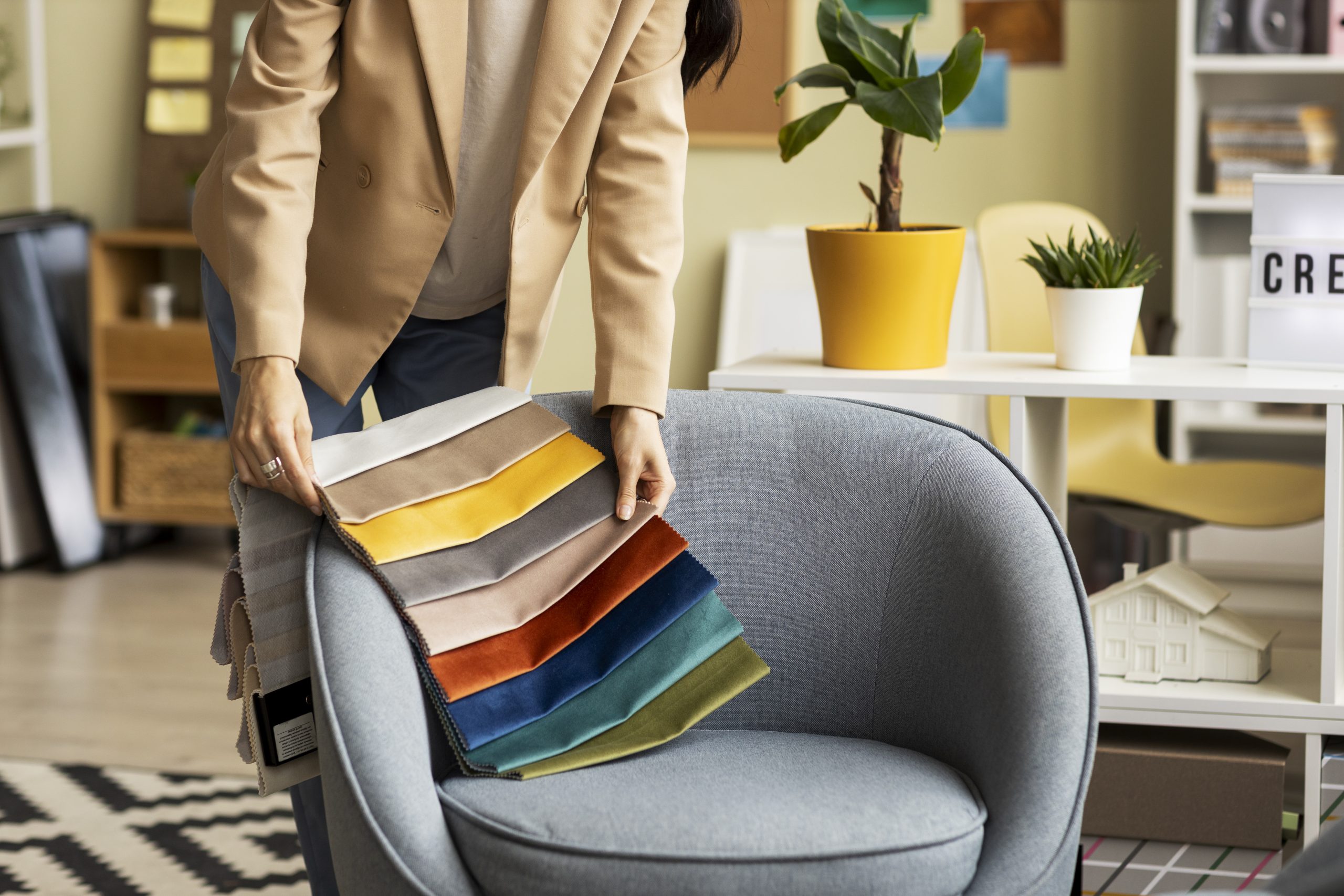Decorating a small space can feel like a puzzle, but with the right approach, even the tiniest area can feel stylish, functional, and welcoming. The key is to strike a balance between aesthetics and practicality, making the most of every square inch. Here’s a guide to decorating small spaces with big impact while keeping it simple and chic.
1. Maximize Natural Light
Light has a transformative effect on small spaces. Here’s how to make the most of it:
- Go Sheer with Curtains: Use sheer or light-colored curtains to allow natural light to flood in. Avoid heavy drapes that can make the space feel enclosed.
- Strategic Mirror Placement: Mirrors reflect light and give the illusion of a larger room. Place a large mirror opposite a window to amplify brightness.
2. Opt for Multi-Functional Furniture
In small spaces, every piece of furniture should work harder.
- Sofa Beds or Daybeds: Perfect for living rooms or studio apartments, these double-duty pieces provide seating by day and sleeping space by night.
- Storage Ottomans and Benches: Use ottomans with hidden compartments to stash blankets, books, or anything that might clutter your space.
- Drop-Leaf Tables: Ideal for small kitchens or dining areas, these tables expand when needed and fold away to save space.
3. Stick to a Cohesive Color Palette
A unified color scheme helps create a seamless look that makes small spaces feel less busy.
- Light and Neutral Colors: Whites, creams, and pastel shades open up a room and create an airy feel.
- Pops of Bold Colors: Add personality with small bursts of color through throw pillows, art pieces, or rugs, but keep the overall palette consistent.
4. Embrace Vertical Space
When floor space is limited, think upward.
- Tall Shelving Units: Use bookcases or custom shelves that reach to the ceiling to maximize storage without taking up valuable floor space.
- Wall-Mounted Solutions: Install floating shelves, hooks, or pegboards for functional yet stylish storage.
- Artful Display: Hang artwork or framed prints higher up to draw the eye upward and create the illusion of height.
5. Create Zones in Open Layouts
Even in small spaces, defining areas for specific purposes can make the space feel organized.
- Use Rugs to Define Areas: A well-placed rug can visually separate the living area from the dining space or workspace.
- Room Dividers: Folding screens or open shelving units can divide spaces without making them feel cramped.
6. Choose Furniture with Exposed Legs
Bulky furniture can make a small room feel even smaller. Instead, opt for pieces with visible legs to create a sense of openness.
- Mid-Century Modern Styles: These designs are known for their sleek lines and elevated profiles, making them perfect for small spaces.
- Glass or Lucite Pieces: Coffee tables or side tables made of clear materials keep the space feeling light and uncluttered.
7. Add Personality with Accessories
Small spaces don’t have to be bland. The right accessories can inject character and warmth.
- Layered Textures: Add cozy throws, textured pillows, and soft rugs to make the space feel inviting.
- Statement Pieces: A bold lamp, an oversized piece of art, or a unique chair can become the focal point of the room.
- Greenery: Plants breathe life into a small space. Opt for hanging plants, small pots on shelves, or a single tall plant in a corner.
8. Declutter and Keep It Minimal
The golden rule for decorating small spaces is to avoid clutter at all costs.
- Adopt a “Less is More” Mindset: Only keep items that serve a purpose or bring you joy.
- Hidden Storage Solutions: Use baskets, bins, or furniture with built-in storage to keep everyday items out of sight.
- Rotate Decor: Instead of crowding your space with all your favorite decor pieces, rotate them seasonally for a fresh look.
9. Don’t Forget the Ceiling
The ceiling, often overlooked, can be a hidden design gem.
- Statement Lighting: A small chandelier or pendant light can add drama and draw attention upward.
- Paint or Wallpaper the Ceiling: A subtle pattern or a bold color can make the space feel unique and creative.
10. Keep Traffic Flow in Mind
Even in a small space, it’s crucial to maintain clear pathways for easy movement.
- Scale Down Furniture: Choose appropriately sized furniture that doesn’t obstruct walkways.
- Float Furniture: Avoid pushing everything against the walls; sometimes floating a sofa or chair can make the room feel more spacious.
Final Thoughts
Decorating a small space doesn’t have to be overwhelming. With a thoughtful approach, you can transform even the tiniest area into a functional and stylish sanctuary. Focus on maximizing light, embracing vertical space, and incorporating multi-functional furniture to make your small space feel larger than life.
Remember, it’s not about the size of your space—it’s about how you use it! Happy decorating! ✨



